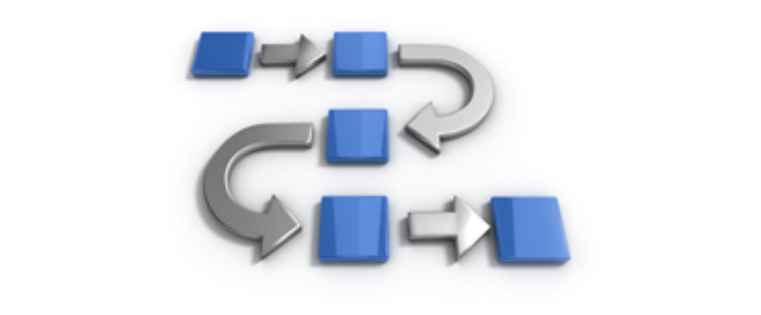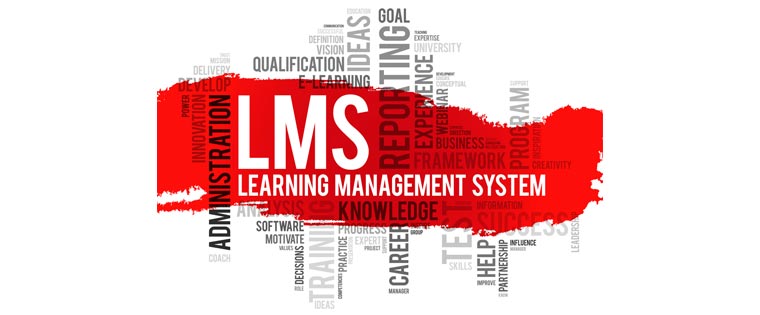The Ideal E-learning Development Process Model

As instructional designers, training managers, subject matter experts, project managers, and project stakeholders, we all have heard of the term ‘process’. Deciding on and selecting the process which will increase learner performance and improve the Return on Investment (ROI) is of utmost importance to everyone involved in an eLearning project.
→ Download Now: State of Learning (Now and Beyond) [eBook]
What is the best process?
Ideally, there are no hard and fast rules about what the best process is. What suits one organization and one type of eLearning project may not work in another situation. The best process is one which best suits the task at hand and achieves the best results with optimum resource utilization within the projected timelines and budget. Hence, the ideal process is one which works best for you.
This definition of the ideal process is open to interpretation and can often lead to loss of clarity and wasted effort if the wrong process is selected. To avoid this scenario, there are certain attributes every process should possess if it has to be called an ideal process.
Characteristics of the ideal process
An ideal process model should be:
- Iterative
- Collaborative
- Efficient and Effective
- Manageable
Iterative Process
The ideal process should be transparent and shed light on the product as early as possible. It should be iterative rather than linear. This makes it easy to identify whether the project is proceeding as planned at each milestone and bring it back on track if needed. This eliminates costly rework and prevents investing the majority of the project’s resources on a product which does not work. It also helps learners have an idea of how the course will be right from the outset.
The main benefit of an iterative process is that it takes small, experimental steps that can be evaluated and modified/reversed/reworked as needed without wasting vast resources.

Collaborative Process
An effective model seeks the participation of and leverages the strengths, experiences, and knowledge of everyone involved in the project. Also, in a collaborative effort, everyone is aware of their role and responsibilities, who is responsible for what and what are the expected outcomes from each member. This makes it very easy to avoid unnecessary delays and indecisive elements which otherwise cost a lot of time.

Efficient and Effective Process
While it is a given that no project can ever be perfect, an efficient process works around the underlying constraints and addresses unexpected issues which might crop up. The ability to anticipate and address contingencies is the hallmark of an efficient process.
When one element in the process undergoes a change, it may have a cascading effect on the other elements. In such cases, time might be spent trying to better things till they become perfect, but perfection is a mirage. We can move closer to it, but never reach it. Hence, an effective process must focus resources on areas which will yield maximum results. The process should produce operational products as quickly as possible.

Manageable Process
An ideal process must be easy to manage and provide clarity on the project requirements. It should be feasible to complete the project within the set time and budgetary expectations and deliver a product that meets quality requirements.

The next time you start an eLearning project, ensure you select a process that suits your organization, product and adheres to these guidelines so that you achieve the best results.
Reference
Leaving Addie for Sam: An Agile Model for Developing the Best Learning Experience
By Michael Allen and Richard Sites





![Essential Steps for E-learning Course Development [Infographic]](https://blog.commlabindia.com/hubfs/Imported_Blog_Media/5-benefits-of-elearning-1.jpg)